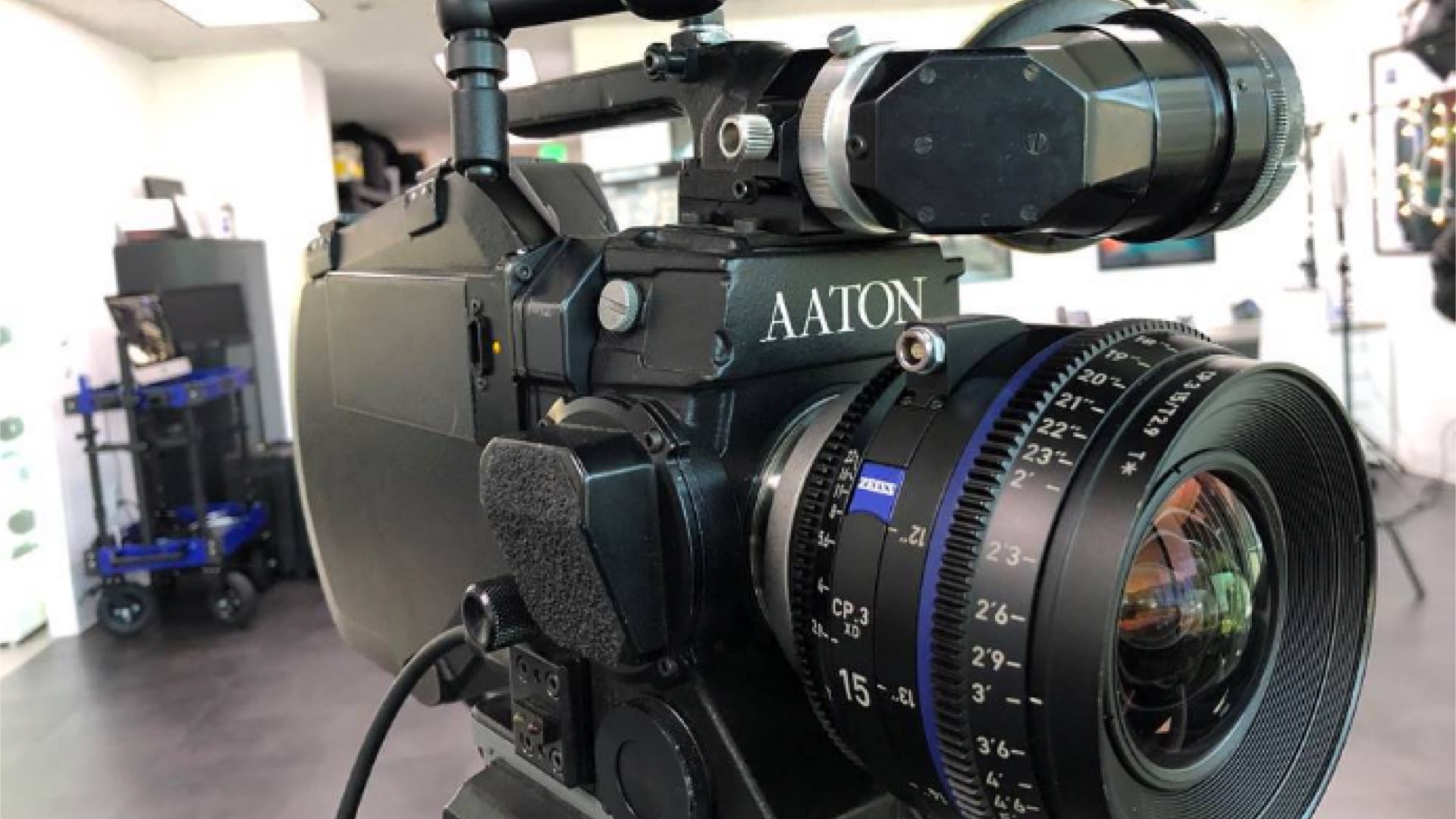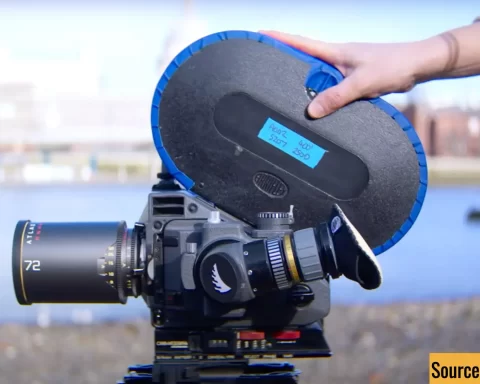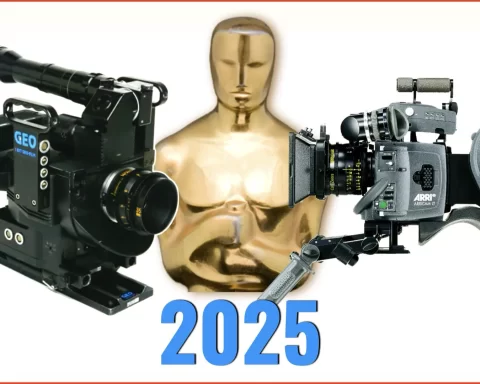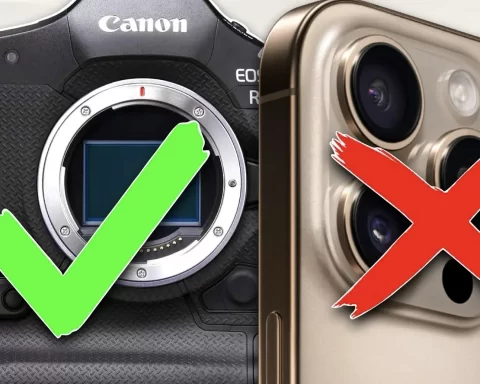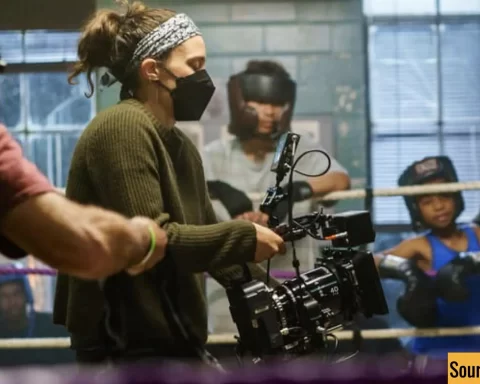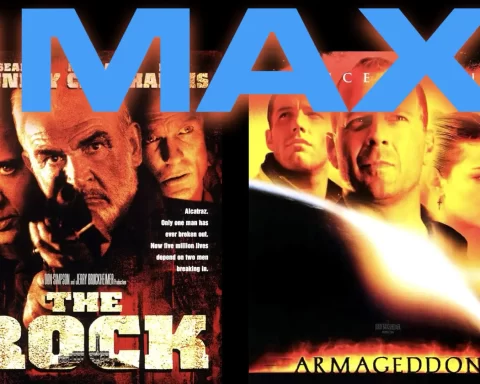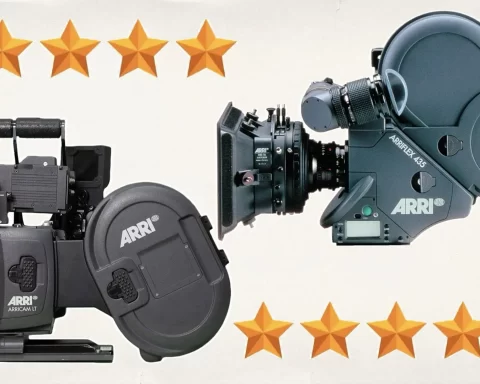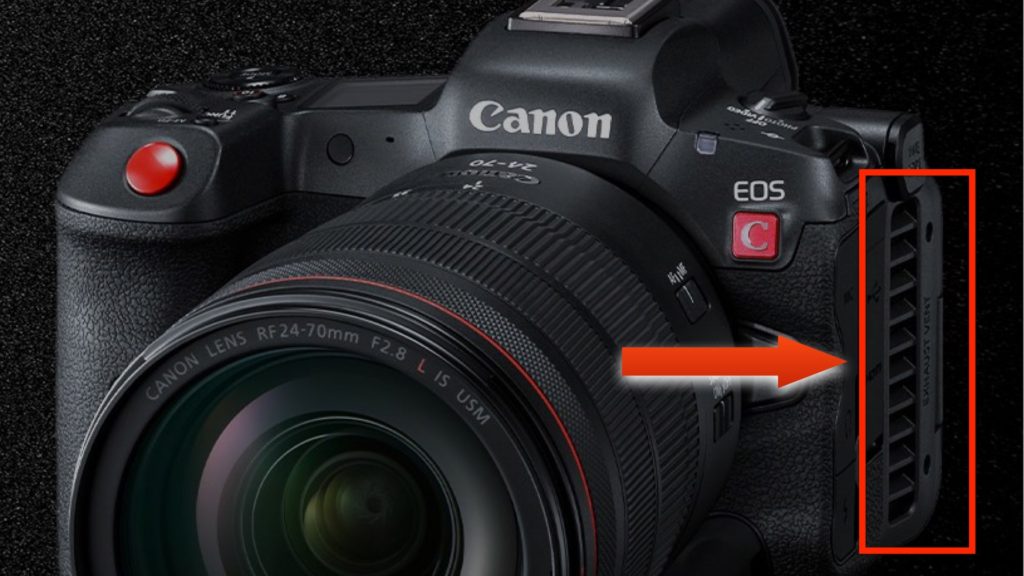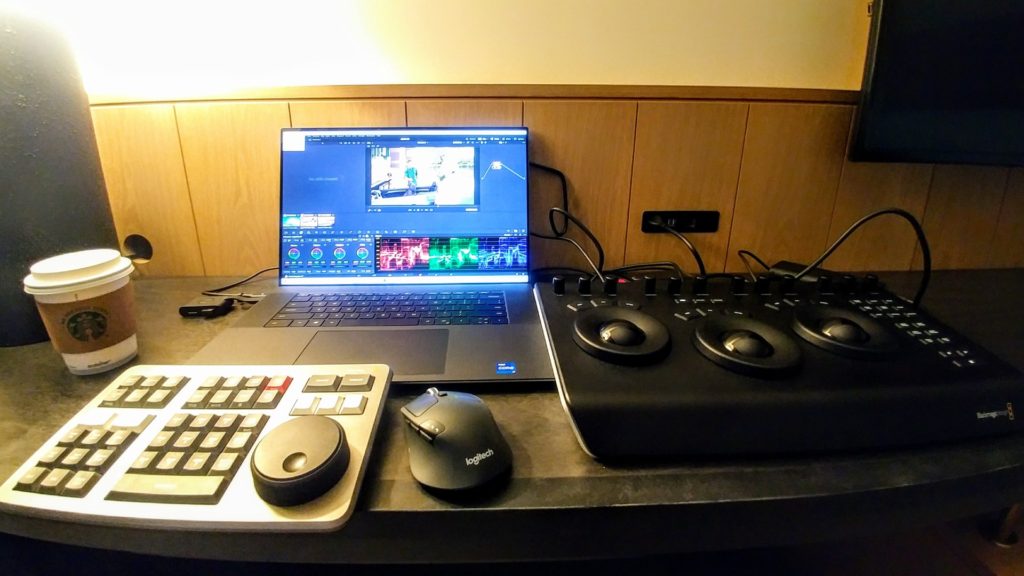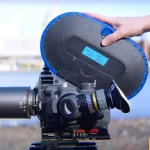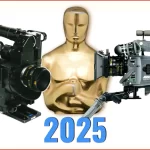Film lovers – You must watch this outstanding Super 16mm art! Cinematographer Tristan Noelle shot a short film called “Cassette Tape” on the Aaton XTR Plus paired with ZEISS CP.2 and CP.3 lenses. The result is beautiful, grainy, artistic imagery that demonstrates true filmmaking.
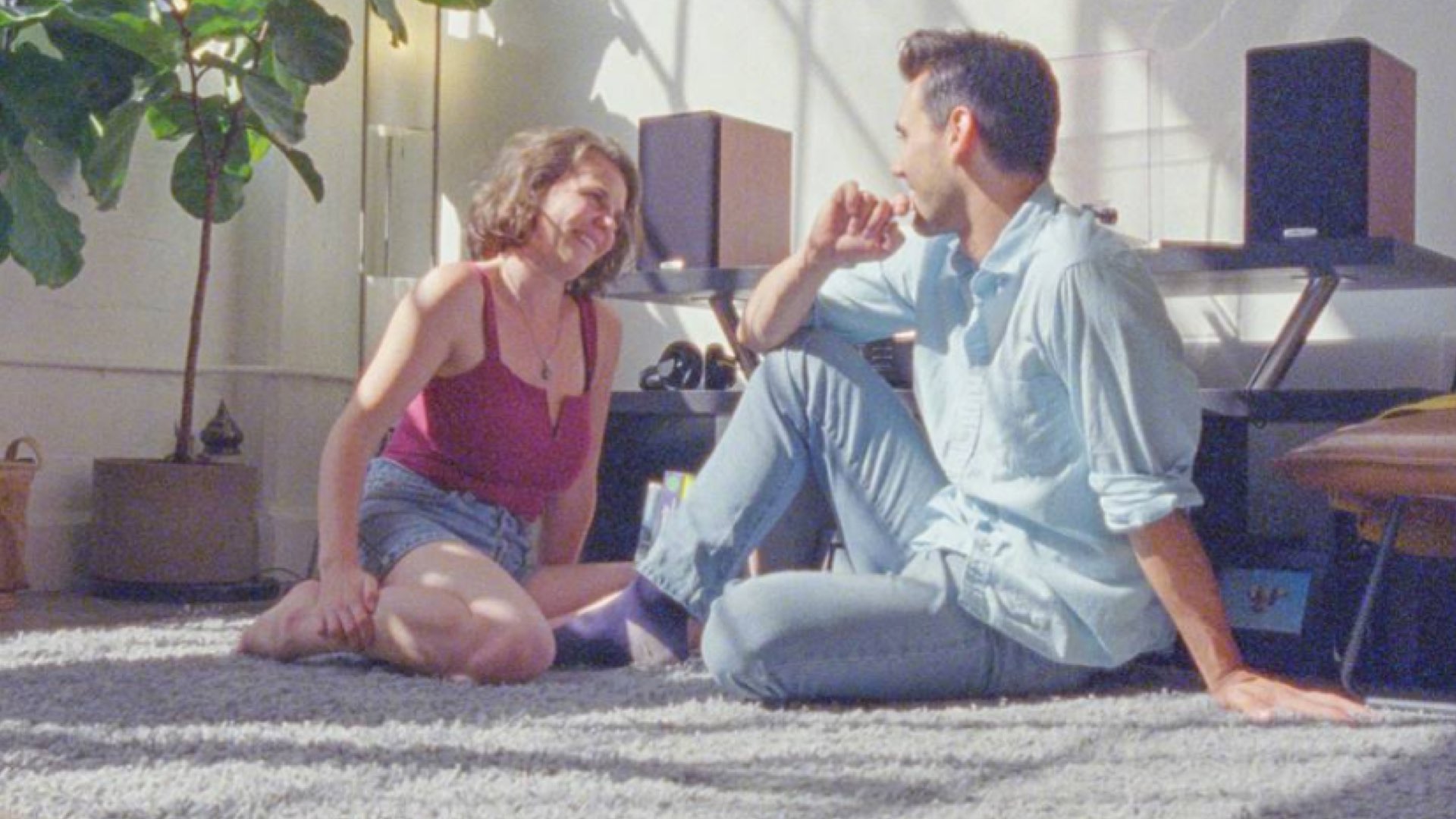
Shot on Super 16mm
“Cassette Tape” is a short film (12 minutes) directed by Caleb Knueven and shot by cinematographer Tristan Noelle on the Aaton XTR Super 16mm film camera. “I was very excited when Caleb sent me the script for ‘Cassette Tape’, his latest narrative short film, because I knew once again, I’d be shooting Super 16mm. Caleb has an admirable dedication to film that isn’t elitist or exclusionary but comes from a place that encourages everyone to try it out” said Tristan in an interview with ZEISS. In addition to Super 16, Tristan also shot a few sequences on Super 8 and some VFX shots on Sony mirrorless cameras.
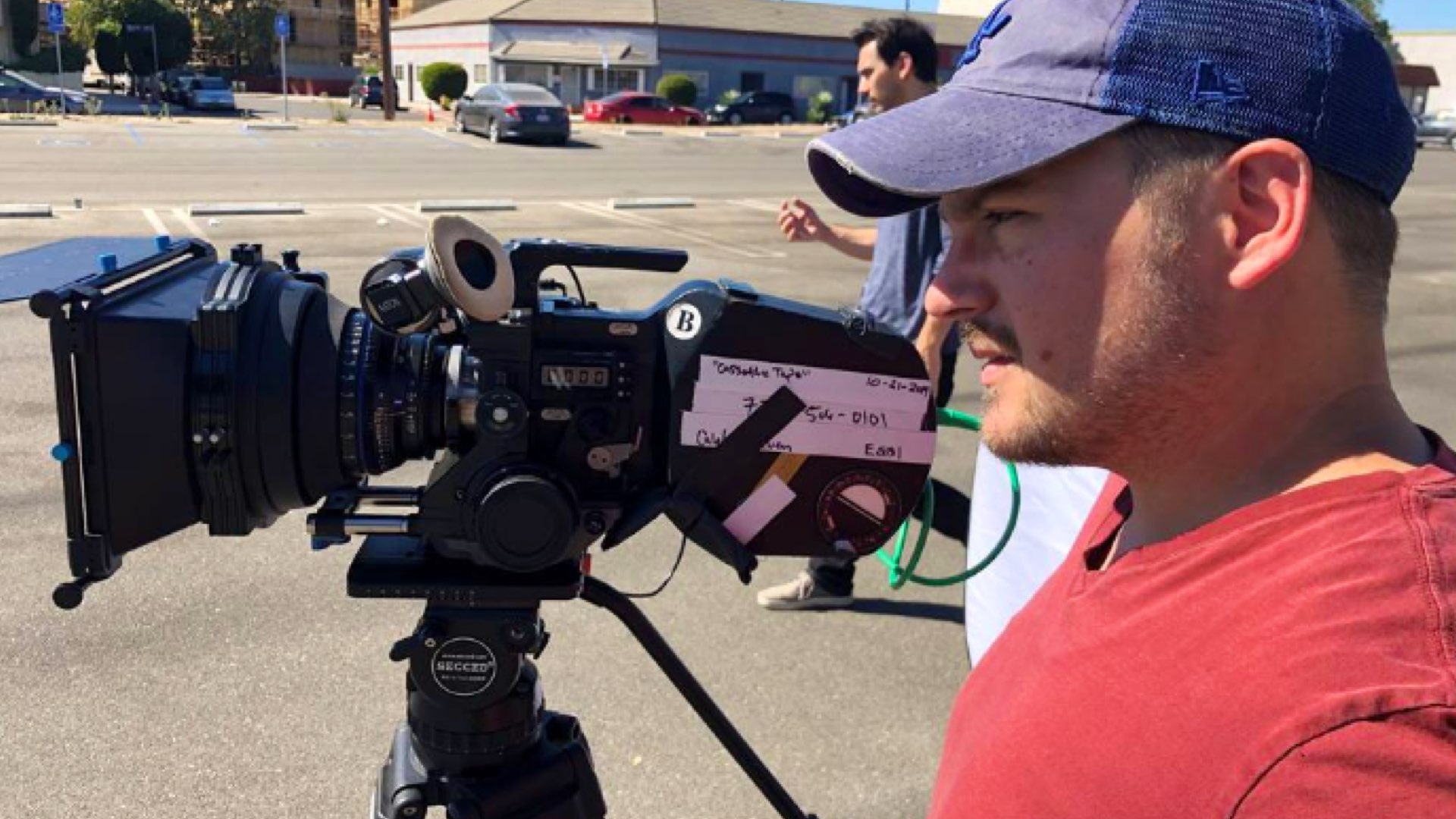
While shooting 16mm on a tight budget is no easy task, it was those limitations that helped the team think outside of the box to achieve this story.
Cinematographer Tristan Noelle
Aaton XTR
It’s pretty funny talking about a film camera from the 1970s just a few hours after the Canon EOS R5 C was announced. Yes, we’ve decided to write about Super 16mm film instead of writing about the launch of another ‘innovative’ computer (=digital camera). So let’s talk about a real cinema camera! The Aaton XTR is a Super 16 camera that offers you a bright and sharp viewfinder, quiet and steady movement. It weighs 6kg with a loaded 122m magazine and 12V onboard battery. The Aaton XTR became available on the market in the late 1970s, after years of development. To learn more about this marvel, explore the video below which is a whole discussion about the Aaton XTR Prod, going through the camera operation, loading the magazines, and day to day use:
Film stocks
Tristan utilized a variety of film stocks to get the desired look. As he states: “While prepping for ‘Cassette Tape’ we decided to shoot two different film stocks, black and white and color negative film, shooting both Double X 200 (7222) for the modern sequences and Vision3 500T (7219) for the flashbacks. Using Double X for the black and white sequences places the audience in the main character’s state of mind. In the beginning, I was worried about the Double X because it has a reputation of being a softer and lower contrast image compared to more modern films, which would be exacerbated on 16mm. We wanted the current black and white sequences to have sharper and harsher feel while the Vision3 color flashback sequences would be softer, vibrant, and more stylized”. At some point in the film, there’s a delicate transformation between Black & White to Color. Furthermore, the colors are not oversaturated as other ‘Shot on Film’ projects. It’s like a combination of log and smart colors.
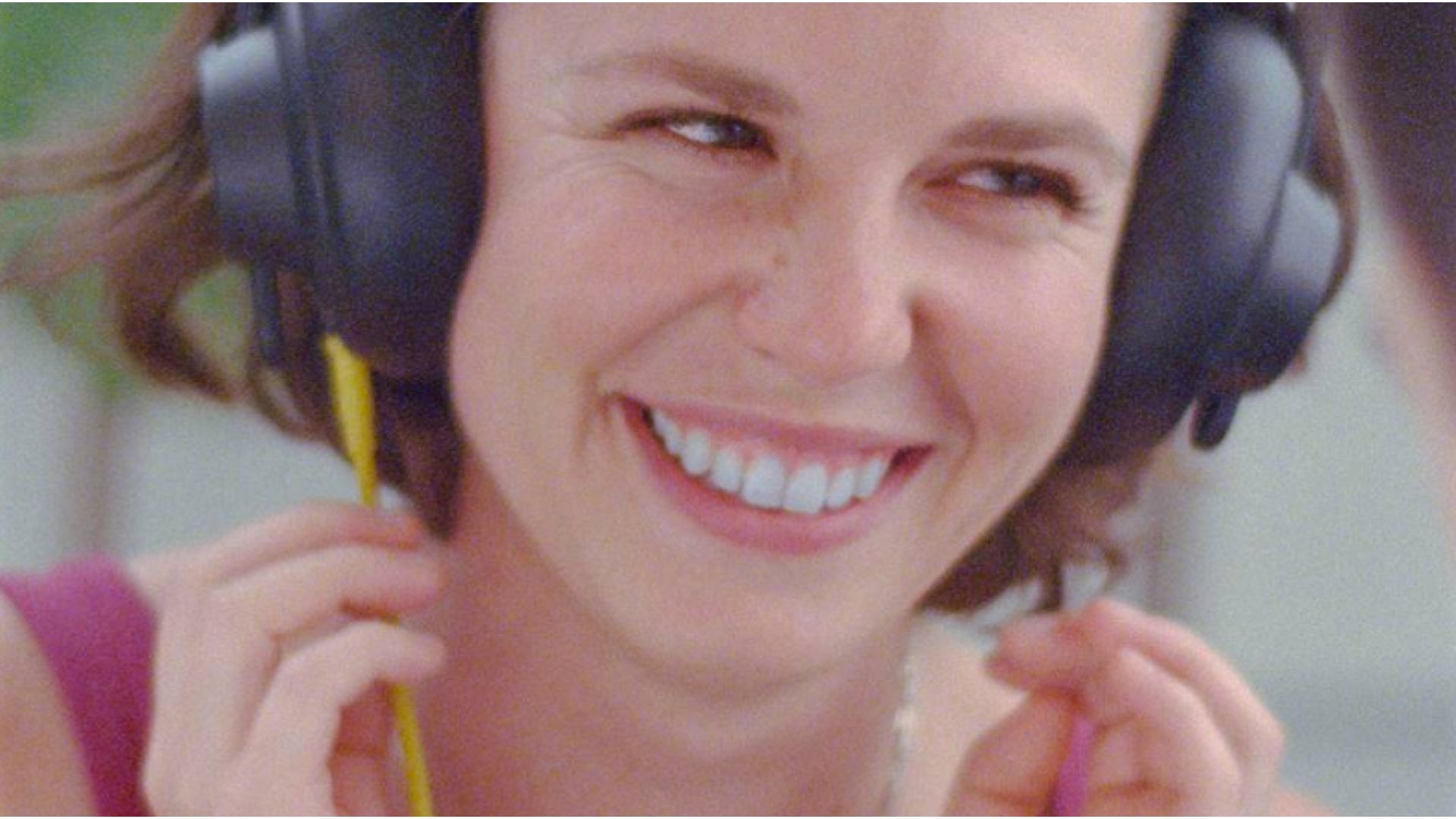
While prepping for ‘Cassette Tape’ we decided to shoot two different film stocks, black and white and color negative film, shooting both Double X 200 (7222) for the modern sequences and Vision3 500T (7219) for the flashbacks.
Cinematographer Tristan Noelle
Picking a modern glass for the job
“Even though we were shooting Super 16, we opted to go with newer lenses as opposed to the more traditional Super 16 lenses of its time. ZEISS supplied us with several CP.2 Super Speeds and CP.3s to try out on our Aaton XTR Plus” Tristan says. “Despite the Aaton being an old legacy platform, we didn’t have any impingement issues with the larger lenses. The whole system just worked. Although we were a bit limited on the wide end, as you would be anytime you’re using 35mm lenses on the 16mm platform, the 15mm T/2.9 was usually more than adequate for our wider compositions, even in tighter, practical locations. The wide apertures allowed us to open up and keep a shallower depth of field while also being confident that the plane of focus would remain sharp.” He adds.
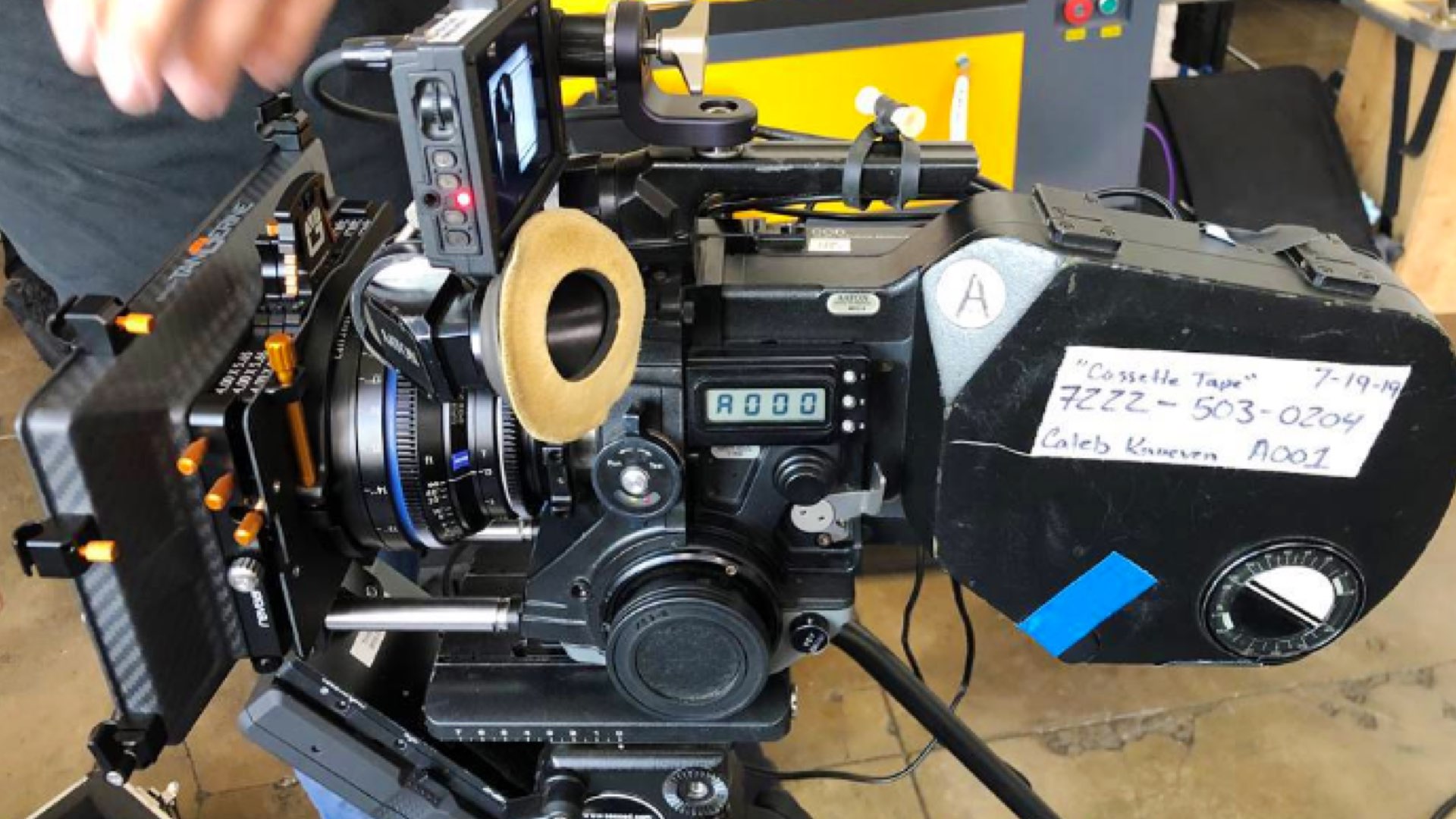
Despite the Aaton being an old legacy platform, we didn’t have any impingement issues with the larger lenses.
Cinematographer Tristan Noelle
Final thoughts: A true filmmaking process
“While shooting 16mm on a tight budget is no easy task, it was those limitations that helped the team think outside of the box to achieve this story”, Tristan emphasizes. “We tried to keep that spirit alive throughout the process of shooting and it definitely comes through when watching the film. It was a very nostalgic and liberating experience, something I can’t wait to do again soon”. “Cassette Tape” was recently on its exclusive festival run. But now, you can enjoy it on the director’s Video channel. Watch it below:
Product List
Here’re the products mentioned in the article, and the links to purchase them from authorized dealers.
- ZEISS CP.3 Cinema Lenses

